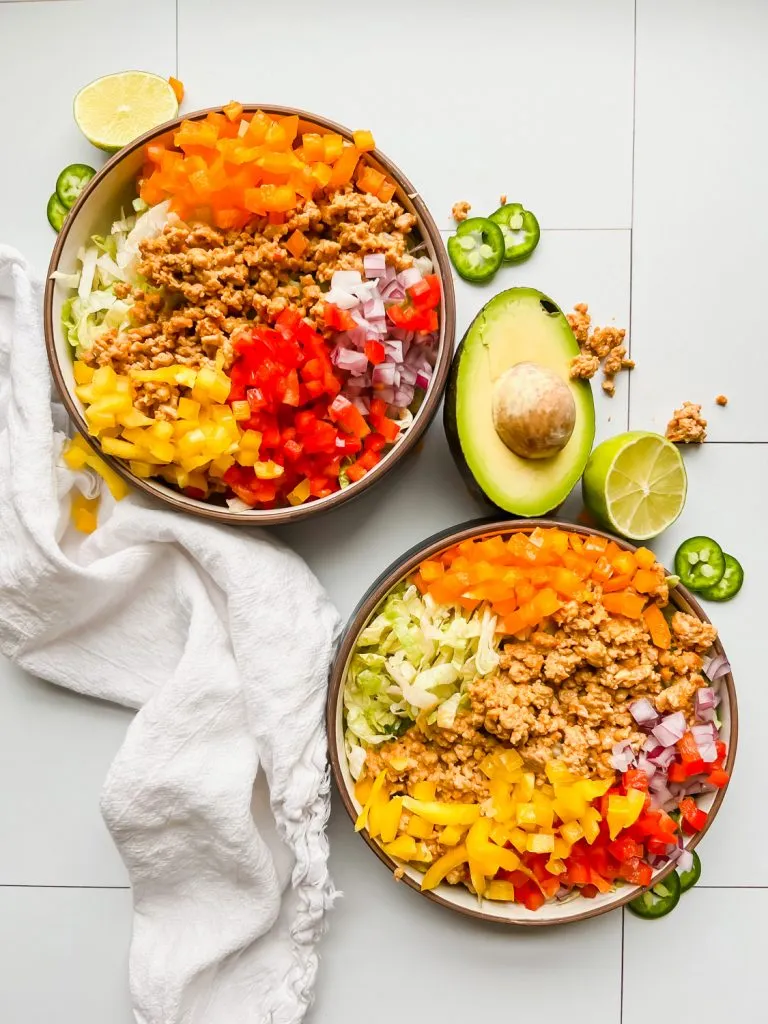
In the realm of food photography, styling plays a pivotal role in transforming ordinary dishes into mouthwatering visual narratives. Beyond just capturing a meal, the way food is styled can evoke emotions, stimulate appetites, and tell a compelling story through imagery. Whether you’re a professional photographer or a passionate food blogger, mastering food styling techniques can dramatically enhance the appeal of your shots.
Understand Your Subject and Story
Every dish has a story waiting to be told. Before you even set up your camera, take a moment to consider the narrative behind the food. Is it a rustic homemade pie that reflects family tradition? Or a vibrant, fresh salad celebrating seasonal produce? Aligning your styling choices with the story you want to communicate ensures that every element in the frame—from props to plating—supports your vision.
Choose the Right Props to Complement, Not Overpower
Props are powerful tools that add context and personality to your food photography, but they should never overshadow the main subject. Select props that harmonize with the dish’s theme and colors. For example, wooden cutting boards and linen napkins suit earthy, comfort foods, while sleek plates and minimalistic backgrounds work better for modern or high-end cuisine. Avoid cluttering the scene; simplicity often results in more compelling imagery.
Play with Textures and Layers
Texture is an important aspect that makes food images visually interesting. Incorporate elements with contrasting textures—such as a smooth sauce against a crispy crust, or a creamy topping on a crunchy base—to create depth. Layering ingredients, like stacking pancakes or piling salad greens, can add dimension and make the composition more dynamic. These subtle styling choices engage viewers and invite them to imagine the taste and feel of the dish.
Lighting: Natural Light is Your Best Friend
Lighting is arguably the most critical factor in food photography. Natural light, especially soft window light, tends to produce the most flattering and appetizing results. Position your setup near a large window and use diffusers or white reflectors to soften harsh shadows. Avoid direct sunlight which can create unwanted glare or overly harsh contrasts. If natural light is unavailable, consider using continuous LED lights with diffusers for a controlled and natural look.
Consider Color Balance and Harmony
Colors play a major role in how food is perceived. Vibrant, fresh colors typically attract more attention and convey freshness and healthiness. Be mindful of complementary and analogous color schemes when arranging your composition. For example, pairing green herbs with red tomatoes creates a vibrant contrast, while different shades of the same color family offer a more harmonious, soothing feel. Also, consider the background and props’ colors to ensure they enhance, not clash with, the dish.
Pay Attention to Composition and Framing
Effective composition guides the viewer’s eye through the photograph and emphasizes the dish’s best features. Employ classic composition techniques like the rule of thirds, leading lines, or framing with props to create balance and interest. Experiment with different angles — overhead shots are great for flat lays and arrangements, while 45-degree angles work well for layered dishes like burgers or cakes. Close-up shots can highlight textures and details that draw viewers in.
Keep Food Fresh and Appealing
Food can quickly lose its visual appeal under hot lights or after sitting too long. To maintain freshness, style and shoot in small batches. Use tricks like misting vegetables with water for a dewy look or applying a thin layer of oil to meats to enhance shine. Timing is key — capture the shot before the food cools down or wilts, ensuring it looks as appetizing as possible.
Inject Personal Style and Creativity
While mastering foundational styling techniques is important, don’t hesitate to infuse your unique perspective. Experiment with unconventional props, unexpected plating styles, or creative garnishes. Authenticity in your images can set your work apart and resonate with your audience more deeply.
Post-Processing Enhancements
After capturing your images, subtle editing can elevate the final result. Adjust exposure, contrast, and saturation carefully to maintain natural tones without over-processing. Cropping can refine composition, while sharpening enhances texture details. Remember, the goal is to enhance, not alter the authenticity of the food.
By applying these food photography styling principles, you can turn everyday meals into captivating visual stories. With thoughtful preparation, attention to detail, and creative flair, your food photos will not only showcase the dishes but also evoke emotions and inspire your audience’s culinary imagination.
